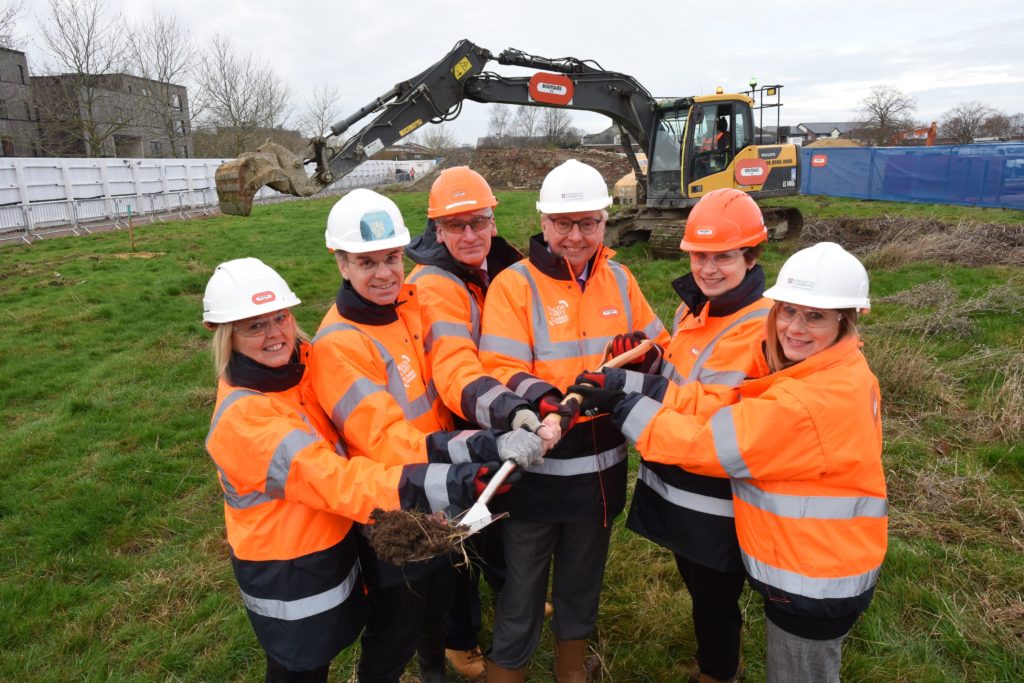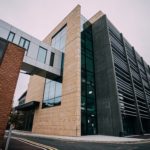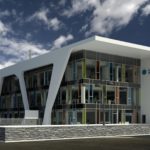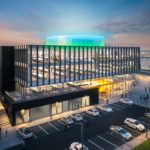News - Construction News
Bouygues kicks-off £300M Cambridge University contract

Construction of a state-of-the-art £300 million physics laboratory at Cambridge University has begun, contractor Bouygues UK announces.
Cambridge Vice-Chancellor Professor Stephen Toope was joined by RIBA Vice President Caroline Buckingham and representatives from Bouygues UK and the wider community for a ground-breaking ceremony, which officially kicked-off construction on the Cavendish Laboratory site.
The creation of a purpose-built centre for world-leading physics research will enable each of Cavendish Laboratory’s research groups to be consolidated under a single roof. Crucially, the flagship building will be christened the Ray Dolby Centre in recognition of a £75 million donation from the estate of sound pioneer Ray Dolby.
With a gross internal area of 354,000 square feet (equivalent to 33,000 square metres), the Ray Dolby Centre will accommodate laboratories, offices, clean rooms, workshops and numerous lecture theatres. The basement will also incorporate specialist acoustic and vibration treatments to achieve the stringent control criteria necessary for operating sensitive equipment.
A separate 50,000 square foot (or 4,700 square metre) Shared Facilities Hub, will provide additional catering, collaborative teaching, meeting, study and library spaces. Attention has also been paid to the environment, with both buildings on course to achieve a BREEAM ‘Excellent’ rating.
“Bouygues UK and our sister company Bouygues Energies & Services have been involved from the start on this exciting scheme, working alongside the University of Cambridge’s existing project team to develop proposals for a new world-class laboratory,” said Chairman Fabienne Viala. “It is exciting to break ground on this project that will see us bringing innovation, a collaborative approach and our technical expertise to create a new home for major academic research.”
Professor Andy Parker, Head of Department of Physics at Cambridge added: “This is a great step in the development of physics research and learning at the University of Cambridge. We look forward to moving in to our new facilities and opening our doors to the wider research community and the public to increase understanding and foster discovery.”
If you would like to read more articles like this then please click here.
Related Articles
More News
- SMEs remain unprepared as cyber threats escalate
19 Apr 24
SMEs neglect cyber security, making them easy targets for a wide range of attacks, including
- I&G to build new Rob Burrow Centre for Motor Neurone Disease
18 Apr 24
I&G has been appointed to build the new Rob Burrow Centre for Motor Neurone Disease
- Glasgow Ship Build Hall progress
17 Apr 24
Turner & Townsend has been appointed as the New Engineering Contract Project Manager to support






